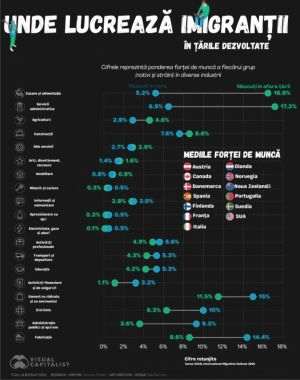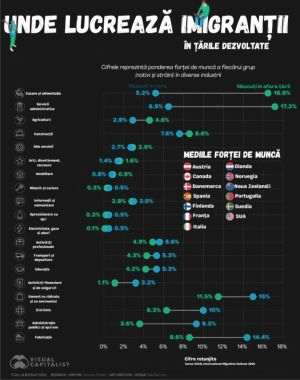
Credit to households in the United States also reached a new record in Q3 2023, at $17.29 trillion, on the back of a quarterly increase of $228 billion, after a $16 billion advance in the previous quarter, according to the latest report from at the Federal Reserve Bank of New York (FRBNY) (see chart 1).

As data from the FRBNY shows, the credit balance increased by $786 billion compared to the same period of the previous year and by 3.1 trillion compared to the end of 2019.
Annual growth in US household debt moderated to 4.8% in Q3 2023, from 5.6% in the previous quarter, as mortgage lending moderated its annual growth to 4%, from 5, 5%, and credit granted on cards accelerated its annual growth to 16.6%, from 16.2%.
After surpassing the $1 trillion mark in the previous quarter, the balance of credit granted on cards increased by 48 billion in Q3 2023 to a new record of 1.079 trillion, and the advance over the same period last year was of 154 billion dollars (see chart 2).

The value of new mortgage loans decreased by 7 billion from the previous quarter, to $386.4 billion, and the mortgage loan balance increased by 126 billion dollars from Q2 2023, to 12.14 trillion dollars, against the background of the increase in the number of refinancings.
Compared to the same period last year, mortgage lending advanced by $471 billion in Q3 2023. New mortgage loans reached a record high of $1.218 trillion in Q2 2021.
The accelerated increase in interest rates in the last year led to the significant decline in the demand for mortgage loans at the level of all categories of customers, regardless of the credit score that reflects financial worthiness.
Auto credit moderated its annual growth in Q3 2023 to 4.7% from 5.3% in the previous quarter, amid a quarterly increase of $13 billion to a balance of $1.595 trillion, a new record level.
The value of new car loans granted, including leasing contracts, was 179.3 billion dollars, up slightly from 179 billion in the previous quarter.
The student loan registered a quarterly increase of 30 billion dollars and reached a balance of 1.599 trillion dollars, 25 billion above the level of the same period last year.
Credit granted to households, exclusive of mortgage credit, increased by 93 billion dollars compared to Q2 2023, up to 4.802 trillion dollars, a level 288 billion dollars higher than that recorded in the same period last year.
The measures taken by the authorities, but also by the banks, to postpone payments in the case of the most important categories of credits continued to significantly distort the true situation of the inability to pay.
However, the total default rate for payment delays of at least 30 days registered its eighth consecutive increase in Q3 2023 to 3.41%, 23 basis points higher than in Q2 2023 ( see chart 3).

For mortgage loans, the arrears rate of at least 30 days increased by 24 basis points, up to 2.8%, and for car loans, the quarterly increase was 11 basis points, up to 7.39%, in while for credit granted on cards the advance was 81 basis points, up to 8.01%.
The total rate of arrears of at least 90 days registered a new quarterly increase in Q3 2023, by 15 basis points, up to 1.62%. The student loan delinquency rate of at least 90 days increased by 4 basis points to 0.67%, and the credit card delinquency rate increased by 143 basis points to 9.43 %.
The dynamics of arrears will change significantly in the next period, with the resumption of the repayment of study loans, which was suspended until the end of September 2023.
According to the FRBNY report, delinquent payments on student loans will not be reported to the credit bureaus until Q4 2024. These policies strongly influenced the evolution of the 90+ day delinquency rate, which remained below 1% in Q3 2023 and will it remains at a low level until Q4 2024, when the US parliamentary and presidential elections will take place.
For mortgage loans, there was an increase of 4 basis points in the arrears rate of at least 90 days, up to 0.5%, and for car loans, the arrears rate increased by 9 basis points compared to the previous quarter, up to 3 .91%.
The total value of outstanding loans increased to about 518 billion dollars in Q3 2023, while the value of loans with arrears of at least 90 days or in foreclosure was 294 billion, up from 256 billion of dollars.
The quarterly report from the Federal Reserve Bank of New York also shows that 116,000 household default notices were issued in Q3 2023, up from 114,000 in the previous quarter.























































